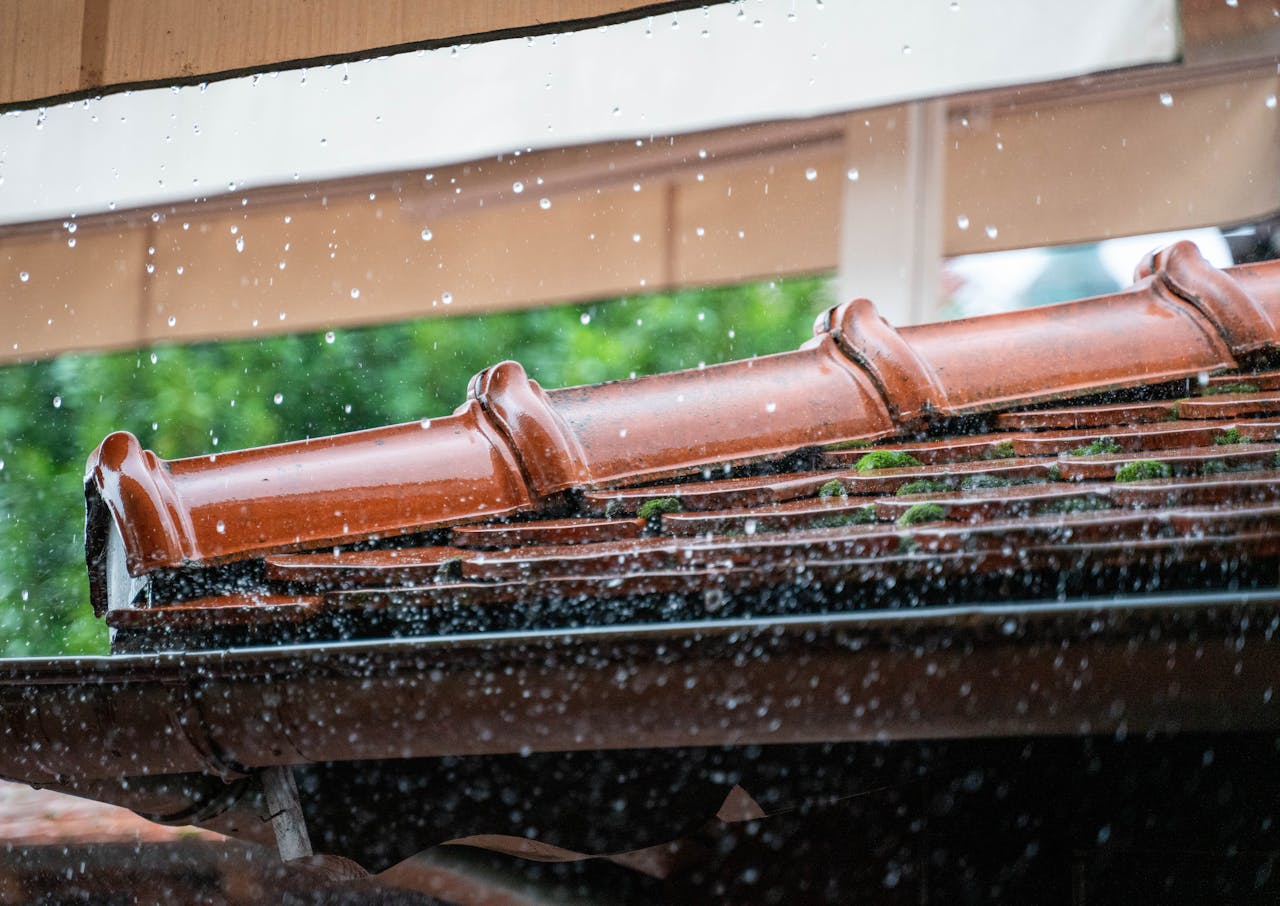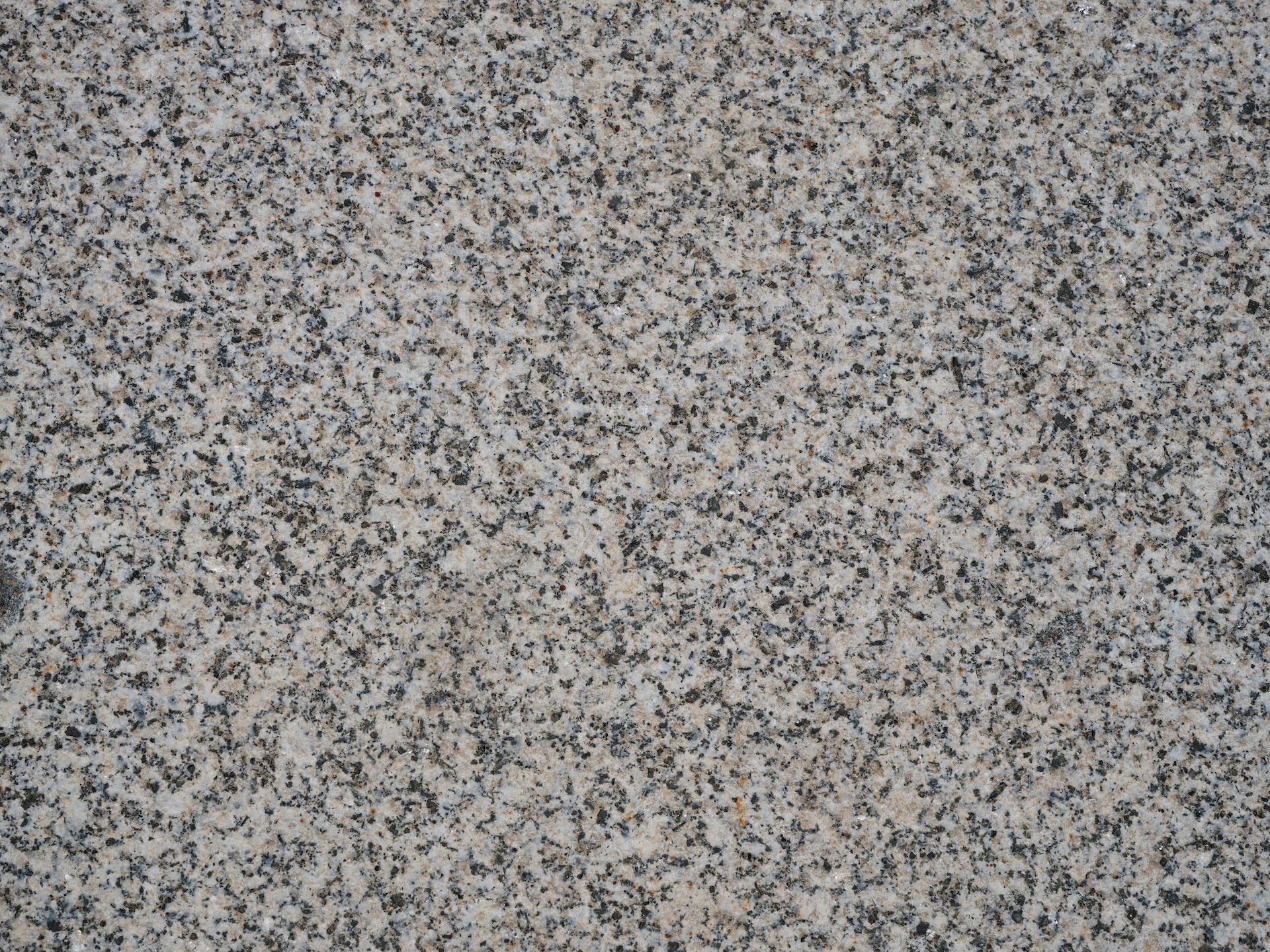Key Takeaways:
- Understanding local climate impacts can guide proper roofing material selection and maintenance practices.
- Maintenance best practices and material choices vary by climate and can significantly affect a roof’s longevity and performance.
- Investment in advanced roofing technologies and respecting environmental concerns benefit homeowners and the planet.
Table of Contents:
- How Climate Affects Roofing Materials
- Best Practices for Roof Maintenance in Diverse Climates
- Material Matters: Picking the Right Roof for Your Climate
- Advanced Roofing Technologies and Climate Resilience
- Financial Implications of Material Choice and Climate
- Roofing Under the Sun: The Effect of Solar Radiation
- Dealing with Humidity and Precipitation
- Navigating Winter Woes: Snow and Ice Damage
- Addressing Wind Damage and Roofing Solutions
- Sustainable Roofing and Environmental Considerations
Different weather conditions, such as extreme temperatures, humidity, or precipitation, present unique challenges that must be addressed to maintain a roofing system’s structural integrity and efficiency.
In this detailed exploration, we will look at how climate shapes the choice of roofing materials, affects maintenance routines, and how technological innovations offer new possibilities for creating durable, long-lasting roofs. Homeowners will benefit from this comprehensive guide when making informed decisions designed to optimize their home’s protection and comfort through every season.
How Climate Affects Roofing Materials
Selecting the ideal roofing materials that suit your regional climate maximizes the lifespan of a roof and its performance in safeguarding your home. Roofing materials encounter a variety of weather-related stresses. For instance, in areas with high sun exposure, ultraviolet radiation can cause significant damage over time by breaking down the chemical bonds in the roofing material, leading to brittleness and discoloration. Temperatures wildly fluctuating can further stress the material, causing expansion and contraction cycles that may lead to cracks or splits. In response, the Department of Energy highlights the importance of cool roofs in mitigating heat absorption and improving a building’s energy efficiency in hot climates.
Best Practices for Roof Maintenance in Diverse Climates
Regardless of climatic conditions, a sound maintenance strategy can prevent minor issues from becoming major problems. For instance, ensuring that gutters are clean and functional in regions with heavy rainfall can avoid backup water that might seep into the roofing layers. In winter climates, removing snow buildup can avert ice damming and the associated water infiltration. Regular professional inspections can uncover potential vulnerabilities, allowing for timely repairs and upgrades. Seasonal shifts are critical for roof check-ups due to the pivotal transitions that could exacerbate existing weaknesses or cause new damage.
Material Matters: Picking the Right Roof for Your Climate
While metal roofing is championed for its fire resistance and durability—making it ideal for dry, fire-prone regions—asphalt shingles are lauded for their insulative qualities and resistance to thermal cracking, often preferred in colder climates. Similarly, slate and clay tiles are favored in historic or coastal homes due to their ability to withstand the marine environment and provide substantial longevity. Each material comes with its profile of benefits and challenges that need careful balancing with the local weather patterns to avoid premature wear or failure.
Advanced Roofing Technologies and Climate Resilience
Roofing is not immune to technological advances. New materials designed with climate adaptability in mind are becoming increasingly available. These innovations include highly reflective tiles that can effectively repel solar heat, green roofs that provide natural insulation, and even solar-integrated roofing systems that harness the sun’s energy while protecting the home. Investments in these technologies contribute to an angry house during extreme weather events and a move towards sustainable living choices.
Financial Implications of Material Choice and Climate
Wiser upfront investments in roofing can lead to significant financial advantages in the long term. High-quality, climate-appropriate materials may initially feature enriched costs. Still, when durability, reduced need for repairs, energy savings from better insulation or reflective properties, and potential increases in property value are considered, such investments make practical and financial sense. Furthermore, confident roofing choices may qualify for tax credits or insurance discounts, further enhancing their economic appeal.
Roofing Under the Sun: The Effect of Solar Radiation
Continued exposure to the sun’s fierce rays can profoundly impact the longevity and function of roofing materials. Over time, these ultraviolet rays can hasten the aging process of many roofing materials, potentially leading to a need for premature replacement. Specific materials have been developed with UV inhibitors to combat this degradation, or additional protective coatings can be applied to enhance resistance to solar radiation. Organizations such as National Geographic underscore the importance of understanding these effects, as explained in their comprehensive article on ultraviolet radiation.
Dealing with Humidity and Precipitation
High humidity regions, often coupled with heavy precipitation, pose a significant threat to roofing structures, primarily due to the potential for water intrusion and the associated issues such as mold, rot, or algae growth. Materials like treated wood shingles or metal roofing with protective coatings can mitigate these threats. Ensuring proper roof design, including adequate pitch and drainage systems, is even more critical to effectively channel water away and ensure good attic ventilation to reduce moisture buildup within the home.
Navigating Winter Woes: Snow and Ice Damage
For homeowners in snowy regions, the threat of roof collapse under the weight of heavy snowfall is real. The freeze-thaw cycles standard in such climates also create conditions ripe for ice dams, which can lead to leakages and damage to both external and internal structures. Roofing technologies such as heat tape along eaves and reinforced materials can help to mitigate these risks. An adequately engineered roof that can shoulder the burden of snow and ice without compromising its integrity is essential for home safety and comfort.
Addressing Wind Damage and Roofing Solutions
Many coastal and flatland regions are periodically subjected to high winds that can uplift or damage roofing. Manufacturers have risen to the challenge by creating shingles rated for higher winds and innovating designs that improve wind resistance. The role of aerodynamics in roofing must be recognized; specific roof shapes, like the hip roof, can fare better in wind-prone areas due to their inherently stable structure. In hurricane-prone regions, installing a wind-resistant roof is not just about protecting your property but the safety of those dwelling within.
Sustainable Roofing and Environmental Considerations
Eco-conscious homeowners increasingly seek sustainable roofing options that offer performance and minimal ecological impact. Green roofs with vegetation increase urban biodiversity and help regulate building temperatures, while solar tiles reduce reliance on fossil fuels. Solar reflectance and thermal emittance are characteristics of sustainable roofs that contribute to a home’s energy efficiency and comfort while reducing the urban heat island effect. This paradigm shift in roofing caters to individual comfort and addresses more significant environmental concerns.
In conclusion, a roof’s effectiveness stems from its construction and a comprehensive understanding of how climate influences material choice and maintenance practices. With innovations in roofing technology addressing specific climate challenges and homeowners becoming more environmentally aware, the future of roofing is set to be as dynamic as it is durable. Homeowners equipped with this knowledge can work with expert roofing professionals to ensure they have a reliable, climate-resilient, and environmentally friendly roof over their heads.




